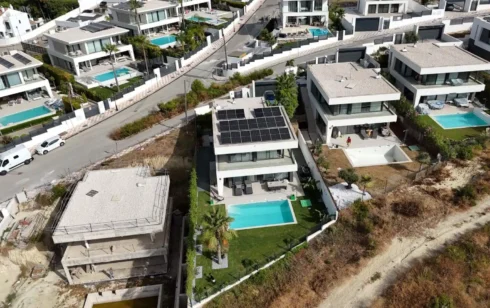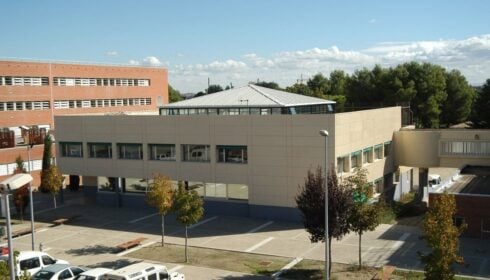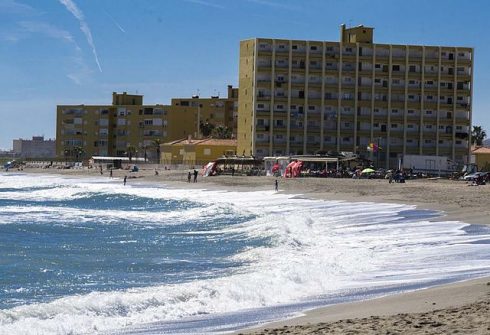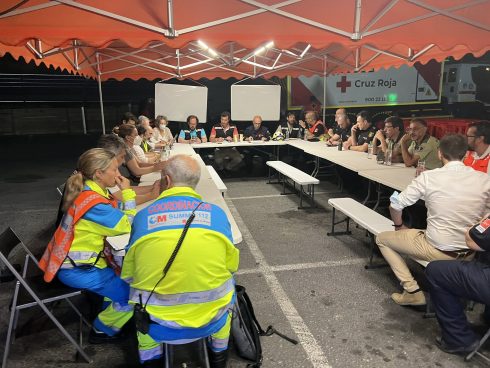DOÑANA is the most prestigious wetland natural area in Spain and provides refuge for hundreds and thousands of waterbirds throughout the year—however, numbers are dropping and biologists are alarmed.
According to SEO/BirdLife the ‘ecological collapse’ of Doñana is due to the drought conditions and lack of water in the area with the rainfall for the current hydrological year 2021-2022 well below the historical average.
As stated in a report presented by the Singular Technical Scientific Infrastructure of the Doñana Biological Reserve, which manages the Doñana Biological Station, this year’s rainfall in the Natural Park (398 mm) is significantly lower than the average of the previous 30 years (535.8 mm) and, without water, there is no habitat for birds.
In fact, the natural area has registered the ‘lowest numbers of waterbirds in the last 40 years’ and puts Doñana’s imperial eagle in a ‘critical situation.’
About fifty bird species are resident and visible all year round in Doñana, and those numbers are very often strongly reinforced during the winter period, except now numbers are starting to dwindle at an alarming rate.
Every year geese come down south to spend the winter away from the cold European north, but in recent years there has been a drop in the number of birds wintering in the area.
The case of the Greylag goose is just one example of what is happening in the natural park with waterbirds. The report for 2021 reflects a notable decrease in the number of birds compared to 2020. From 470,000 individuals counted in 2020 to a mere 87,500 in 2021, a fifth in just one year, stats which biologists describe as ‘worrying’.
In 2020 the worst figure of the last five decades was recorded. In 2021, the sixth worst figure in history was recorded and biologists are alarmed.
The drought plaguing the region is the main cause of this sharp decline in the number of birds and has resulted in the lowest waterfowl census in the last 40 years and the second lowest since records began five decades ago.
“It is the longest period of drought ever experienced in the area and it is going to have consequences, as all animal species have a limit,” said Eloy Revilla, director of the Doñana Biological Station.
“We have to act, adapting to what is coming,” Revilla added.
This adaptation involves actions to ‘improve water inflows’ to the marsh, which are included, among other projects, in the Guadalquivir Hydrographic Confederation’s plan for the period 2022-2027.
READ MORE:
- European Commission threatens Spain over environmentally-damaging water extraction plans for Andalucia’s Doñana National Park
- Doñana National Park saved from brink of destruction by Spain’s dirty fuel giants
Click here to read more News from The Olive Press.








